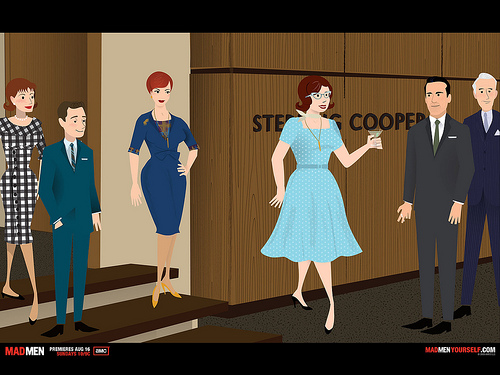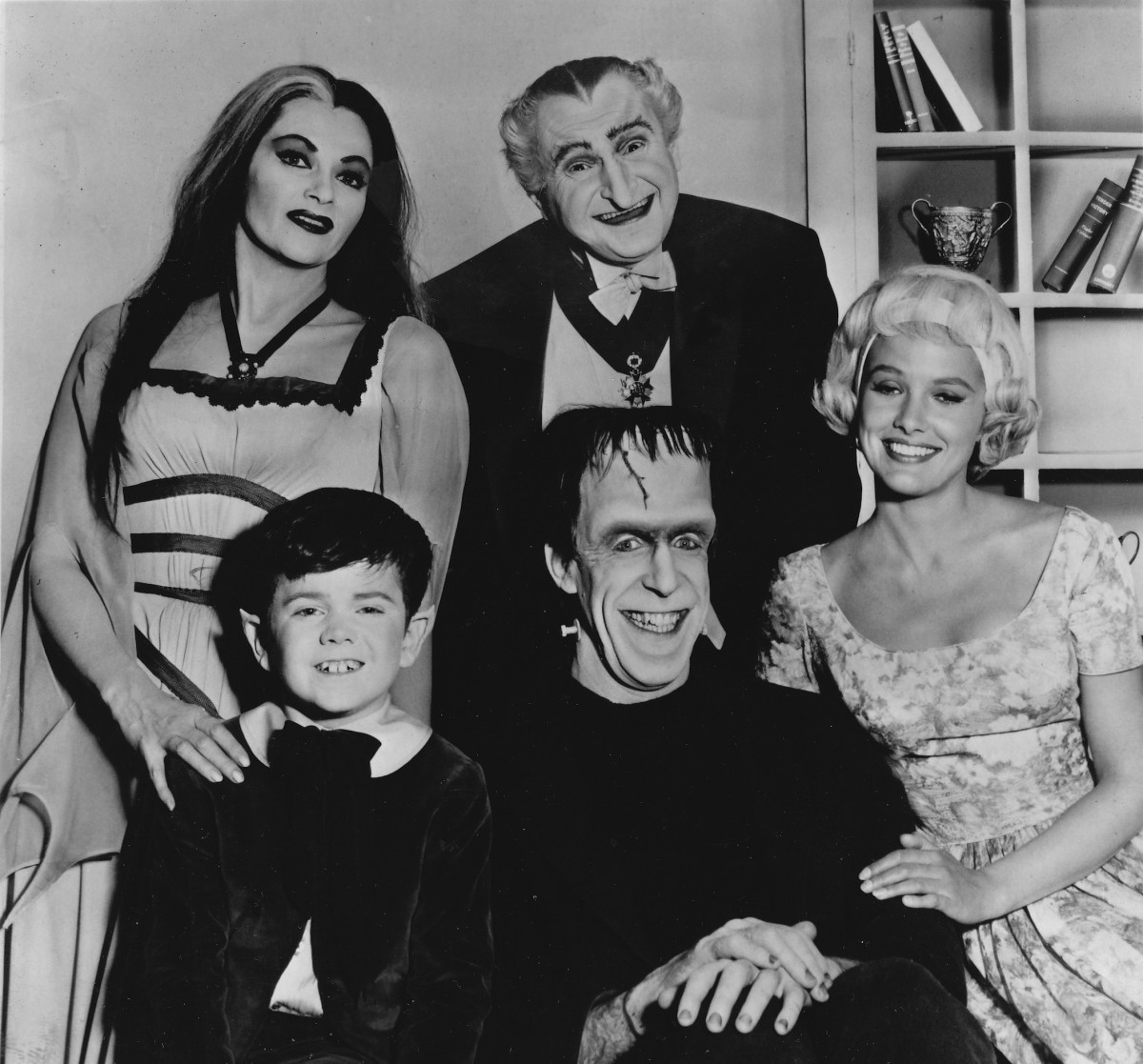Were 1960s Offices Really Like Mad Men Shows?

Would You Like to Go Back in Time and Be Part of a Mad Men Office?
Mad Men is a popular and much awarded television series. It takes place in the advertising world of Manhattan in the early 1960s. Setting aside the excellent scripts and acting, the office is filled with stunning clothes and old-school work habits that seem out of line in today's office world. Some of this is factual and some not so.
The culture of the early 1960s was not much different from the late 1950’s - until the Kennedys came in and baby boomers became teenagers paying heavily into the economy. Gas cost $.25 a gallon; the average car sold for $3,000 and a house for $13,000. In retrospect, that all looks cheap, but the social classes were pretty much the same as today. There were “haves and have-nots,” and there were a great many in between. Powerful advertising was just coming into its own, and competition between the big firms was fierce.
In this world, it was common for executives to drink on the job, at lunch, and at dinner. It was not unusual for them to have well stocked bars in their respective offices and conference rooms although this was not a behavior to be tolerated among the staff.
Office clerical staffs were split between men and women although men were increasingly moving from clerical and administrative support roles to accounting and operations. While there was generally only a modest amount of fraternization among men and women in staff positions, there was a great deal of overt sexism, profligacy, and philandering at the executive level. To some extent, it was so endemic as to be expected and a “necessary” part of the competition.
Pretty much everyone in the office, men and women – even pregnant women - smoked in offices in those days. The tobacco smoke in the air layered like a fog, and the odor infested every corner. Fabrics and furniture smelled, and windows were ashen with gray residue.
Technology, as we know it, was non-existent. There were typewriters, dial phones, and recording devices, such as Dictaphones. Copies depended on carbon paper or mimeograph machines. There were no desktop computers or word processors although there were calculators with one arm bandit manual control and pre-computers that could sort and “read” coded cards. Quality clerical and administrative assistance was priceless if calendars were to be managed or travel arrangements made.
Women in these roles were over-worked and underpaid. They managed huge budgets and responsibilities, played concierge, and put up with sexual harassment. There is little evidence of greater ambition – in part, because of the way women were acculturated at the time – for greater independence and self-determination until the middle of the decade when younger women joined the ranks.
Mad Men does a good job of costuming its characters. As with just about everything else, there was not much change in men’s fashion as they moved from the 50s into the 60s. Short hair was the rule although not the severe military cuts of earlier years. Business men favored dark blue or grey suits, often with vests. Lapels were narrow, and jackets two or three buttoned. Coats were vented once in the back, and a breast pocket expected a folded handkerchief. Jackets were single breasted and shorter than European styles. Pants might be narrowed or “pegged” at the ankle, but they always had cuffs.
Fabrics were usually wool or flannel because lighter and all-weather blends were not available. Men of means could afford cashmere or silk blends by the best Manhattan clothiers, but most executives shopped religiously at men’s stores, like Brooks Brothers or Jos. A. Bank – in the days when those brands were more exclusive. Dress shirts were white without exception; pale blues, yellows, and window pane patterns might be alright for casual wear.Ties were slim and dark; they were worn in small knots under small collars. Most American males were hats at the start of the 60s, but hats would disappear when John Kennedy spurned his. Every senior businessman, and the underlings who imitated them, carried leather attaché cases – even if they only contained their lunch.
The women’s costumes in Mad Men are beautiful, but they may not be true to the record. As women entered the 60s, bouffant hairstyles were still the norm. The styles were high maintenance and time intensive, and they would soon give way to Jacqueline Kennedy’s shorter and softer hairdos under smaller hats and veils. Until Jackie took over, the bigger influences were movie stars, such as Audrey Hepburn and her little black dress, Doris Day and her over the top studio designed suits, and Lana Turner and her undergarments and sweaters. Skirts were still full but tighter at the waist, and hemlines rose to just below the knee. Skirts and high necked blouses might be appropriate for office “girls,” but women working the executive wing would be expected to wear shirtwaist dresses, a full skirt below a fitted top divided by a belt, still a classic today. Made of easy to care for cotton or cotton blends, they created a classic look in colors, patterns, and prints. Women with the most senior responsibilities that might, for example, require them to sit in on men’s meetings adopted the formal business suit, a dark, fitted, tailored suit in the Chanel tradition. In the early 60s, sweaters, slacks, and capri pants made their appearance as casual wear but not as acceptable business wear.
If Mad Men remains on the air long enough to move into the mid-60s, it will have to change its look. As long as the Kennedys were in the White House, styles and silhouettes by Chanel, Yves St. Laurent, and Oleg Cassini will dominate. However, as they leave the scene, the British Invasion changes music, cinema, and fashion. The mini-skirt will arrive in 1964, but all those British designs will disappear as the hippies arrive in 1967. I hate to think of Mad Men with bellbottoms and long hair.






